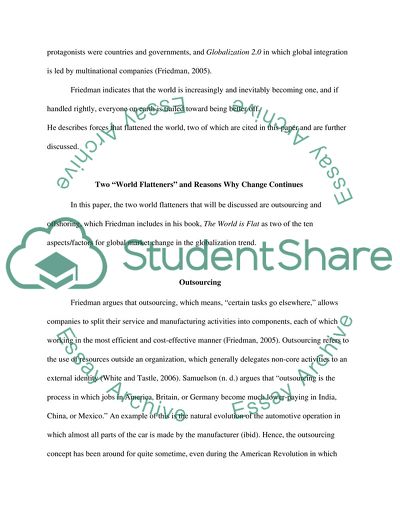Cite this document
(Globalization/Flattening of the world Research Proposal, n.d.)
Globalization/Flattening of the world Research Proposal. https://studentshare.org/macro-microeconomics/1714658-globalizationflattening-of-the-world
Globalization/Flattening of the world Research Proposal. https://studentshare.org/macro-microeconomics/1714658-globalizationflattening-of-the-world
(Globalization/Flattening of the World Research Proposal)
Globalization/Flattening of the World Research Proposal. https://studentshare.org/macro-microeconomics/1714658-globalizationflattening-of-the-world.
Globalization/Flattening of the World Research Proposal. https://studentshare.org/macro-microeconomics/1714658-globalizationflattening-of-the-world.
“Globalization/Flattening of the World Research Proposal”. https://studentshare.org/macro-microeconomics/1714658-globalizationflattening-of-the-world.


